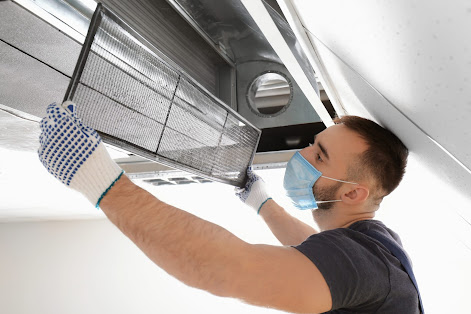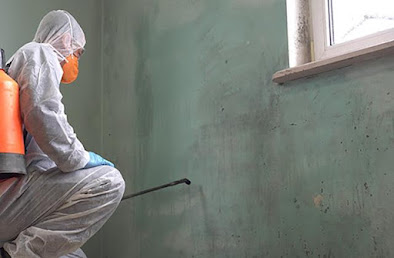What Methods Are Used for Flood Mould Removal in Central Coast Homes?
Flooding can leave a trail of devastation in its wake, and one of the most concerning issues for homeowners is mould growth. After a flood, moisture seeps into walls, carpets, and furniture, creating the perfect environment for mould to thrive. Professional Central Coast flood mould removal services use specialized methods to effectively eliminate mould and restore homes to a safe and healthy condition. Here’s a look at the key techniques used in flood mould removal.
1. Comprehensive Inspection and Assessment
The first step in Central Coast flood mould removal is a thorough inspection of the affected property. Mould experts use advanced tools such as moisture meters, thermal imaging cameras, and air quality monitors to detect hidden moisture pockets and mould spores.
This assessment is crucial to determine the extent of the contamination and to develop a customized remediation plan. Identifying all affected areas ensures no mould is left behind, preventing future outbreaks.
2. Water Extraction and Moisture Control
Flooding leaves excess water and dampness, creating an ideal breeding ground for mould. Professional Central Coast Flood Mould Removal begins with industrial-grade water extraction equipment.
High-powered pumps and wet vacuums remove standing water, while large dehumidifiers and air movers help dry out the remaining moisture. Rapid drying is essential to prevent further mould growth, as even small traces of moisture can lead to recontamination.
3. Mould Containment and Air Filtration
To prevent the spread of mould spores during Central Coast flood mould removal, experts isolate the contaminated areas. This is done by sealing off rooms with plastic sheeting and using negative air pressure to contain airborne particles.
HEPA (High-Efficiency Particulate Air) filtration systems are used to capture mould spores from the air, preventing them from spreading to other parts of the home. This containment process is critical for protecting the health of residents and workers.
4. Mould Removal and Cleaning
Once containment is in place, the next step in Central Coast flood mould removal is the physical removal of mould colonies.
Professionals use antimicrobial and antifungal solutions to treat affected surfaces. For porous materials such as drywall and carpeting that cannot be salvaged, removal and disposal are necessary.
Non-porous surfaces like tiles and concrete are thoroughly cleaned and disinfected to eliminate all traces of mould. Specialized tools, such as wire brushes and abrasive pads, are used for stubborn mould patches.
5. Dry Ice Blasting and Soda Blasting
In severe cases, advanced techniques like dry ice blasting or soda blasting are used in Central Coast flood mould removal.
- Dry Ice Blasting: This method uses CO2 pellets to freeze and dislodge mould from surfaces. It is highly effective for large-scale infestations.
- Soda Blasting: This technique uses baking soda particles to clean and deodorize affected surfaces without causing damage.
Both methods are eco-friendly and effective for treating mould on wood, brick, and concrete.
6. Final Inspection and Prevention Measures
After the mould removal process, a final inspection is conducted to ensure the home is completely mould-free. Moisture levels are checked to confirm that the area is properly dried.
To prevent future outbreaks, Central Coast flood mould removal specialists often recommend moisture control solutions. This may include improving ventilation, sealing foundation cracks, and installing dehumidifiers.
Conclusion
Professional Central Coast flood mould removal involves a thorough, multi-step process to eliminate mould and prevent its return. From initial inspection and water extraction to containment, cleaning, and advanced blasting methods, experts use precise techniques to restore homes to a safe condition. Investing in professional mould removal ensures your property is properly treated, protecting your home and the health of your family.

.jpeg)


Comments
Post a Comment